 |
|
The Prisoners, 1908, Käthe Kollwitz, from A Weaver’s Revolt.
|
Yesterday, a reader sent me this, after commenting that Käthe Kollwitz’ Woman with Dead Child was a frightening drawing: “It is believed Käthe Kollwitz suffered from anxiety during her childhood due to the death of her siblings. More recent research suggests that Kollwitz may have suffered from a childhood neurological disorder called Alice in Wonderland syndrome, commonly associated with migraines and sensory hallucinations…”
One presumes part of this fantastical diagnosis has to do with the monumental scale of Kollwitz’ work, since Alice in Wonderland syndrome includes seeing things as either really big or really small. Part of the nature of sculpture is its monumentality, but Kollwitz was a woman. Nobody says this kind of thing about Henry Moore, so evidently there are still art critics out there who suffer from visual gender dimorphism.
 |
|
The Carmagnole (Dance Around the Guillotine), 1901, Käthe Kollwitz.
|
Kollwitz was a misfit. She was born in Bismarck’s Prussia; she was three years old when the Franco-Prussian War started. Yet her parents and grandparents were dissident, religious, pacifist socialists who thought enough of her potential as an artist to send her to Munich to study.
 |
| A glimpse of the happy girl whom the woman might have become: Kollwitz’ self portrait from 1889. |
As a woman artist, she is almost unique in having had the unconditional support of both her father and husband to pursue her career. She married a socialist doctor, Dr. Karl Kollwitz, who worked among Berlin’s poor. But their own political beliefs could not inoculate them against tragedy. Their two sons, Hans and Peter, immediately enlisted at the outbreak of hostilities in June, 1914.
“The whole thing is so ghastly and insane. Occasionally there comes that foolish thought: how can they possibly take part in such madness? And at once the cold shower: they must, must!” she wrote.
|
The Grieving Parents, 1932, Käthe Kollwitz, now in Diksmuide, West Flanders, Belgium. This was executed as a memorial to her son Peter, who died at Diksmuide.
|
Later that year, Peter was killed at the Battle of the Yser in Diksmuide, Belgium—one of a staggering 140,000 casualties over two weeks. Kollwitz sought peace in her work and could not find it. “When [the grief] comes back I feel it stripping me physically of all the strength I need for work. Make a drawing: the mother letting her dead son slide into her arms. I might make a hundred such drawings and yet I do not get any closer to him. I am seeking him. As if I had to find him in the work… For work, one must be hard and thrust outside one-self what one has lived through. As soon as I begin to do that, I again feel myself a mother who will not give up her sorrow.”
As lifelong socialists, the couple worked actively to combat the rise of fascism. Adolph Hitler responded by demanding that Kollwitz resign from the Prussian Academy of Arts and banning Dr. Kollwitz from practicing medicine. “For fourteen years… I have worked together peacefully with these people. Now the Academy directors have had to ask me to resign. Otherwise the Nazis had threatened to break up the Academy. Naturally I complied.”
 |
|
Mother with Two Children, 1932-36, Käthe Kollwitz.
|
By then, Kollwitz was a world-famous artist and they were invited to seek asylum elsewhere. They refused, fearing reprisals against their family. Instead, they made a mutual suicide pact in the event of a return visit by the Gestapo. Dr. Kollwitz died in 1940 and they lost a grandson, also named Peter, on the Russian Front in 1942. Their house and much of her work was destroyed by British bombers in November, 1943.
Kollwitz died on April 22, 1945, two weeks before the cessation of European hostilities. “War accompanies me to the end,” she wrote.
 |
|
Hunger, 1923, Käthe Kollwitz.
|
Kollwitz’ work speaks in the universal language of death, poverty, grief, war and famine, which is why her work has had such a lasting impact. But these were not what she set out to paint. “How can one cherish joy when there is really nothing that gives joy? And yet the imperative is surely right. For joy is really equivalent to strength.”
Let me know if you’re interested in painting with me in Maine in 2014 or Rochester at any time. Click here for more information on my Maine workshops!



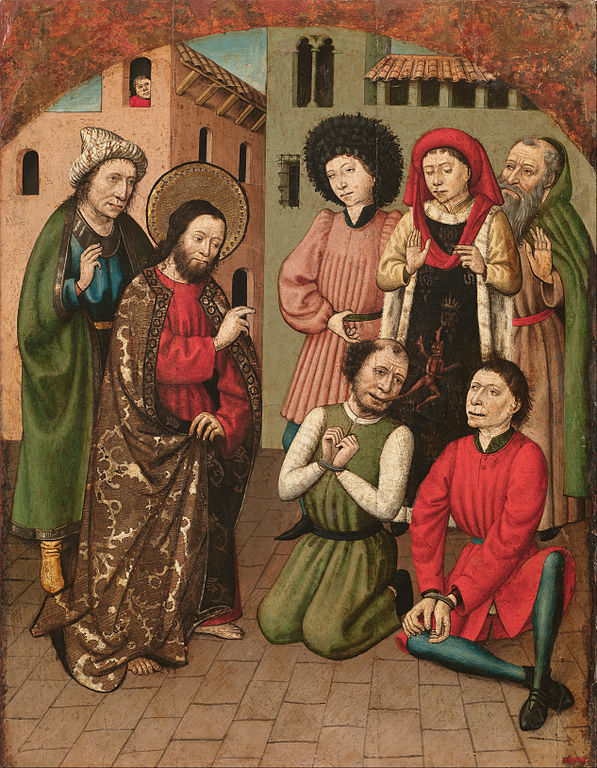

.jpg)





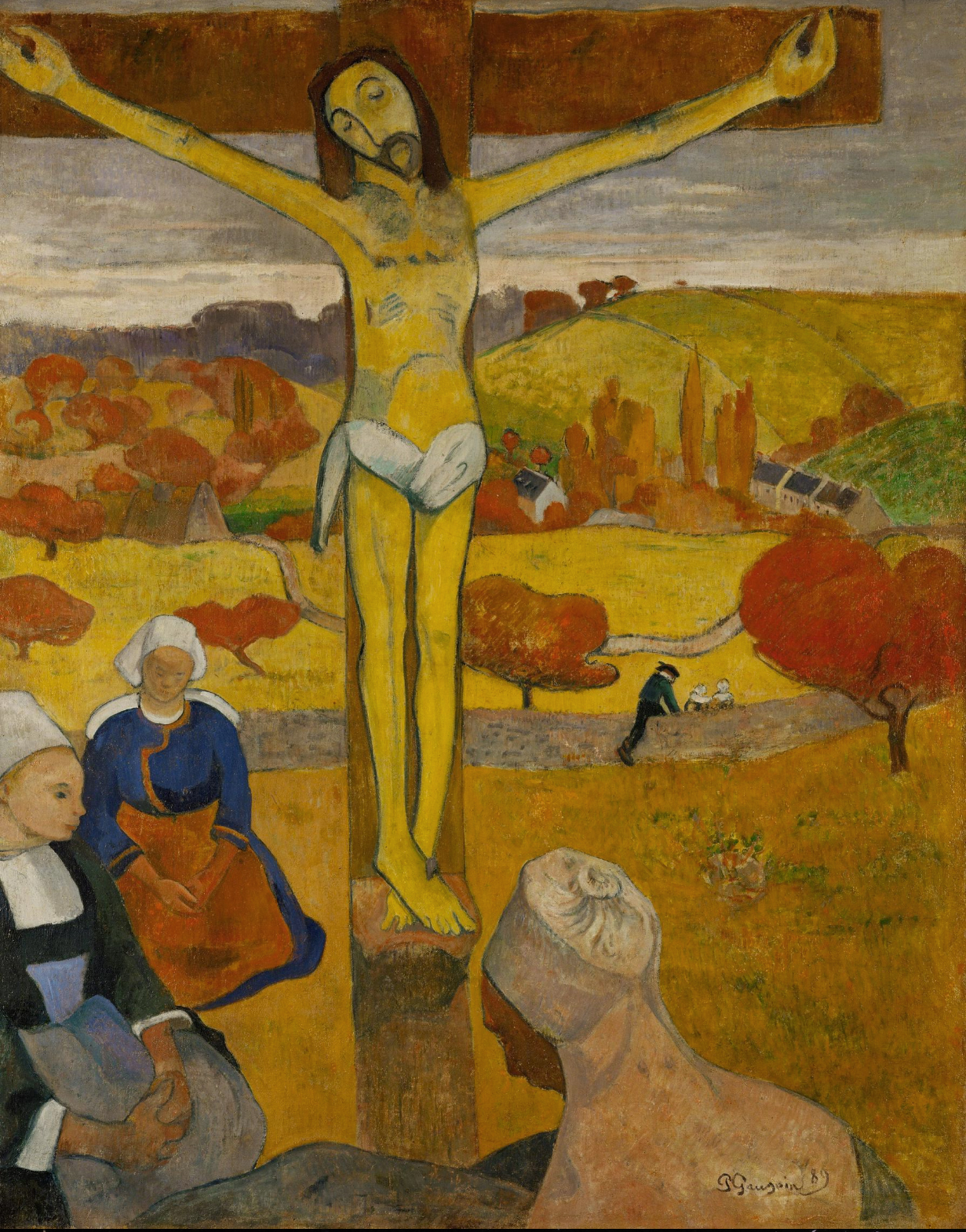
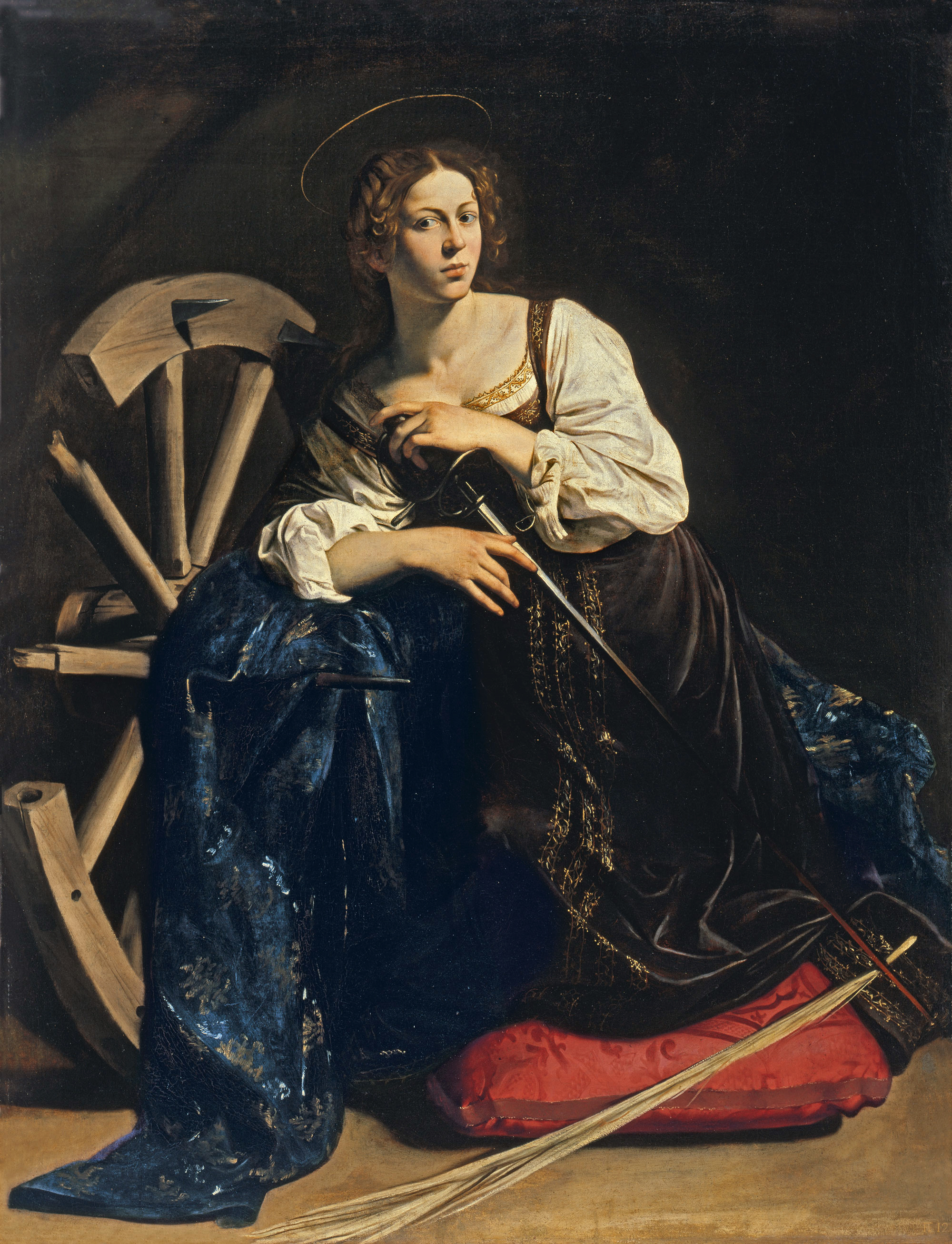
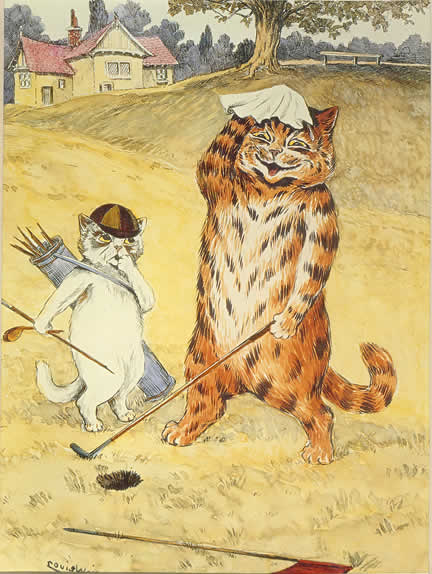



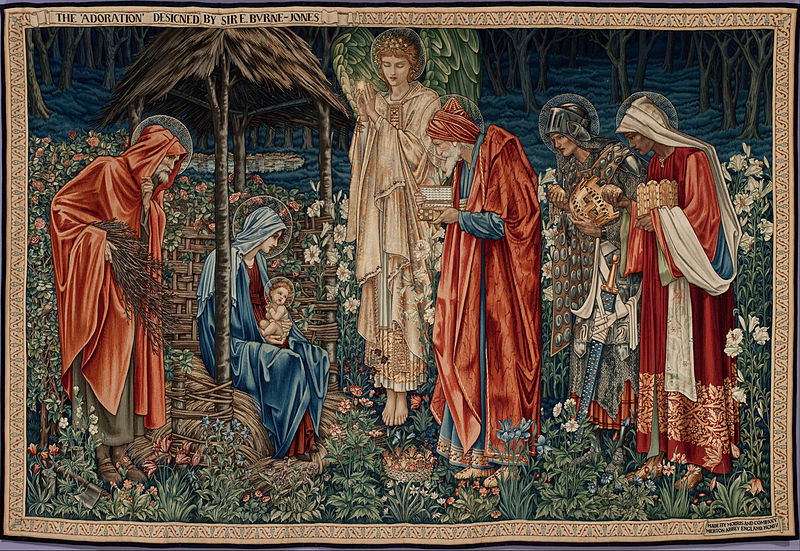

.jpg)






.jpg!Large.jpg)



_-_WGA03385.jpg)

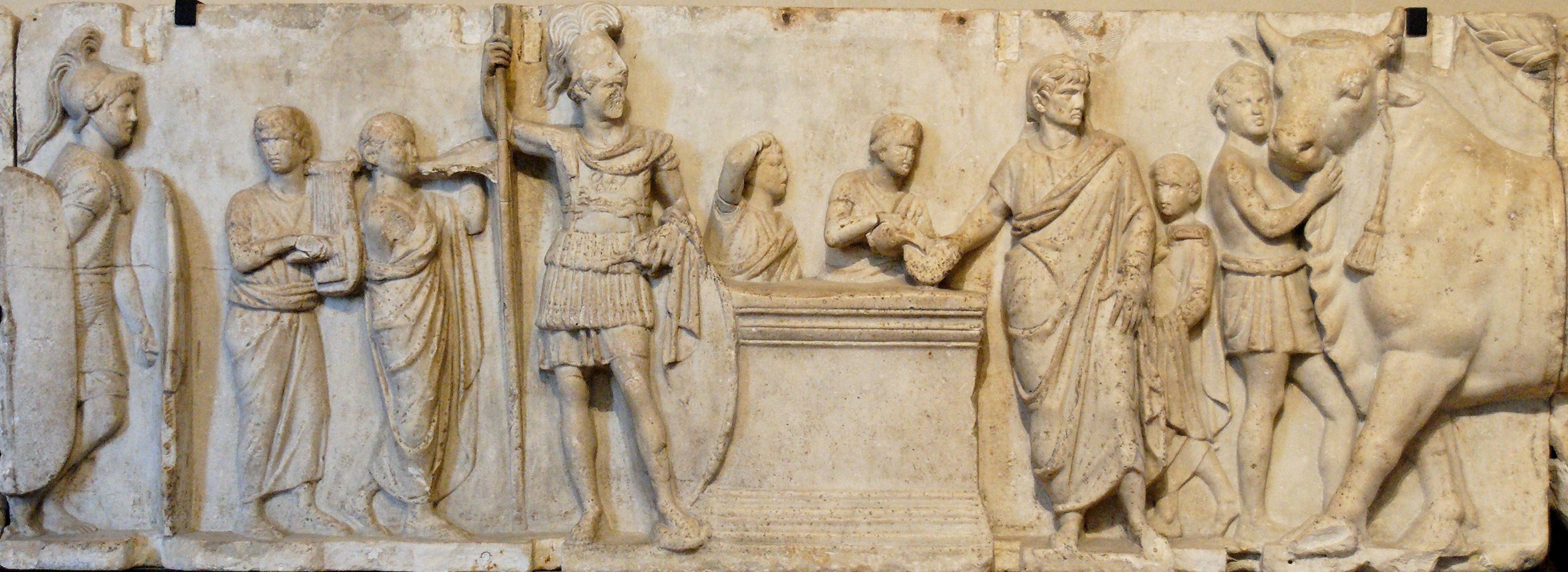
_-_WGA03384.jpg)
_-_WGA03381.jpg)
